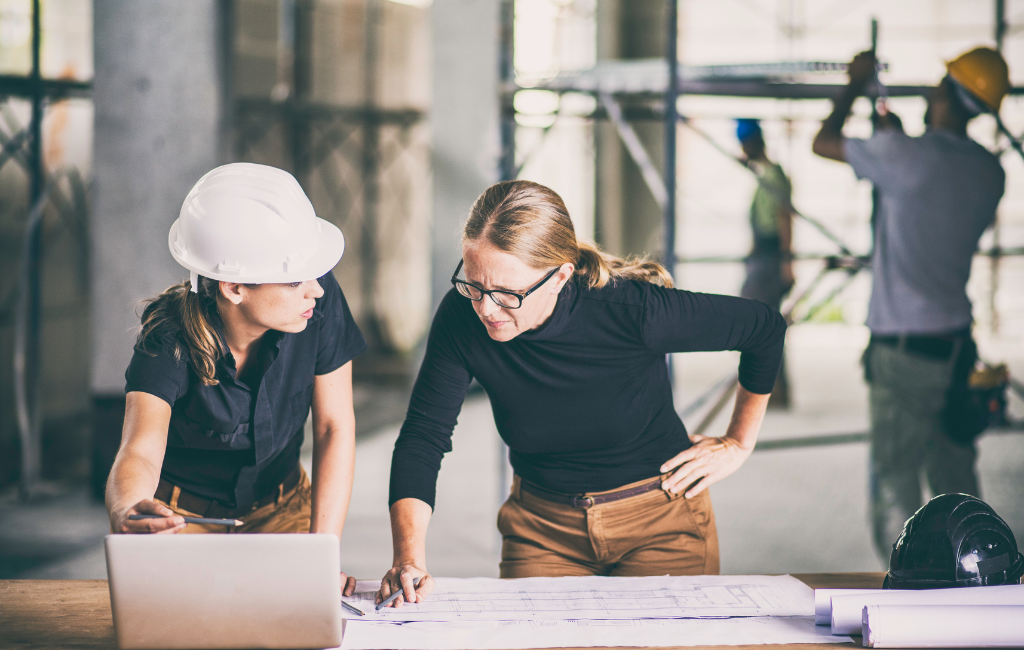Architect Blueprints: Crafting Functional Art
Architectural blueprints serve as the foundational documents in the creation of buildings, blending technical precision with artistic vision. These detailed plans are not just about lines and measurements; they represent the architect’s ability to transform abstract ideas into tangible structures. This article explores the intricate process of creating blueprints, highlighting their role as both functional tools and works of art.
The Evolution of Blueprints
The history of architectural blueprints dates back to ancient times when builders used basic sketches to guide construction. With the advent of the printing press in the 15th century, the ability to reproduce detailed plans became more feasible. The term “blueprint” originated in the 19th century with the cyanotype process, which produced white lines on a blue background. This method revolutionized the way architects shared and replicated their designs.
Today, digital technology has transformed blueprint creation. Computer-aided design (CAD) software allows architects to produce highly detailed and accurate plans. These digital blueprints can be easily modified and shared, facilitating collaboration and innovation in architectural design.
The Art of Blueprint Design
Creating a blueprint is an art form that requires a deep understanding of both aesthetics and functionality. Architects must consider various elements to ensure their designs are not only visually appealing but also practical and sustainable. This involves a delicate balance between creativity and technical expertise.
Key Elements of Blueprint Design
- Scale and Proportion: Accurate scaling ensures that the final structure reflects the intended design. Proportion is crucial in maintaining harmony and balance within the space.
- Spatial Organization: Effective spatial planning maximizes the use of available space, enhancing functionality and flow.
- Material Selection: Choosing the right materials impacts both the aesthetic and structural integrity of the building.
- Environmental Considerations: Sustainable design practices, such as energy efficiency and eco-friendly materials, are increasingly important in modern architecture.
Blueprints as Functional Tools
While blueprints are artistic expressions, their primary purpose is to guide construction. They provide detailed instructions for builders, ensuring that every aspect of the design is executed accurately. This includes specifications for materials, dimensions, and construction techniques.
Blueprints also serve as a communication tool between architects, engineers, and contractors. They help identify potential challenges and solutions before construction begins, reducing the risk of costly errors and delays.
Case Study: The Sydney Opera House
The Sydney Opera House is a prime example of how blueprints can transform ambitious designs into reality. Danish architect Jørn Utzon’s original sketches were considered unbuildable by many. However, through innovative engineering and detailed blueprints, the iconic structure was successfully constructed. The project demonstrated the power of blueprints in overcoming technical challenges and bringing visionary designs to life.
Blueprints as Works of Art
Beyond their functional role, blueprints are celebrated for their artistic value. The intricate lines and detailed annotations reflect the architect’s creative vision and attention to detail. Many architects view their blueprints as an extension of their artistic expression, akin to a painter’s canvas or a sculptor’s clay.
Some blueprints have gained recognition as standalone pieces of art. For instance, Frank Lloyd Wright’s blueprints are admired for their aesthetic beauty and innovative design concepts. These documents offer insight into the architect’s creative process and serve as inspiration for future generations.
The Future of Blueprint Design
As technology continues to evolve, so does the art of blueprint design. Virtual reality (VR) and augmented reality (AR) are emerging as powerful tools in architectural design, allowing architects to create immersive 3D models of their blueprints. This technology enhances visualization and enables clients to experience the design before construction begins.
Moreover, advancements in sustainable design practices are influencing blueprint creation. Architects are increasingly incorporating green building techniques and materials into their plans, reflecting a growing commitment to environmental responsibility.
Conclusion
Architectural blueprints are more than just technical documents; they are a fusion of art and science. They capture the architect’s vision and translate it into a functional reality, guiding the construction process while showcasing artistic creativity. As technology and design practices continue to evolve, blueprints will remain an integral part of the architectural process, shaping the built environment for generations to come.
